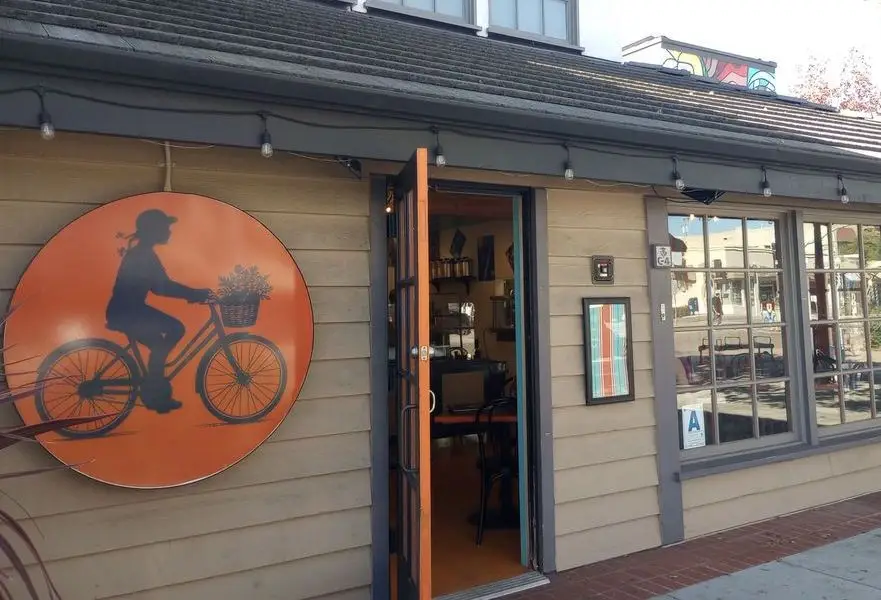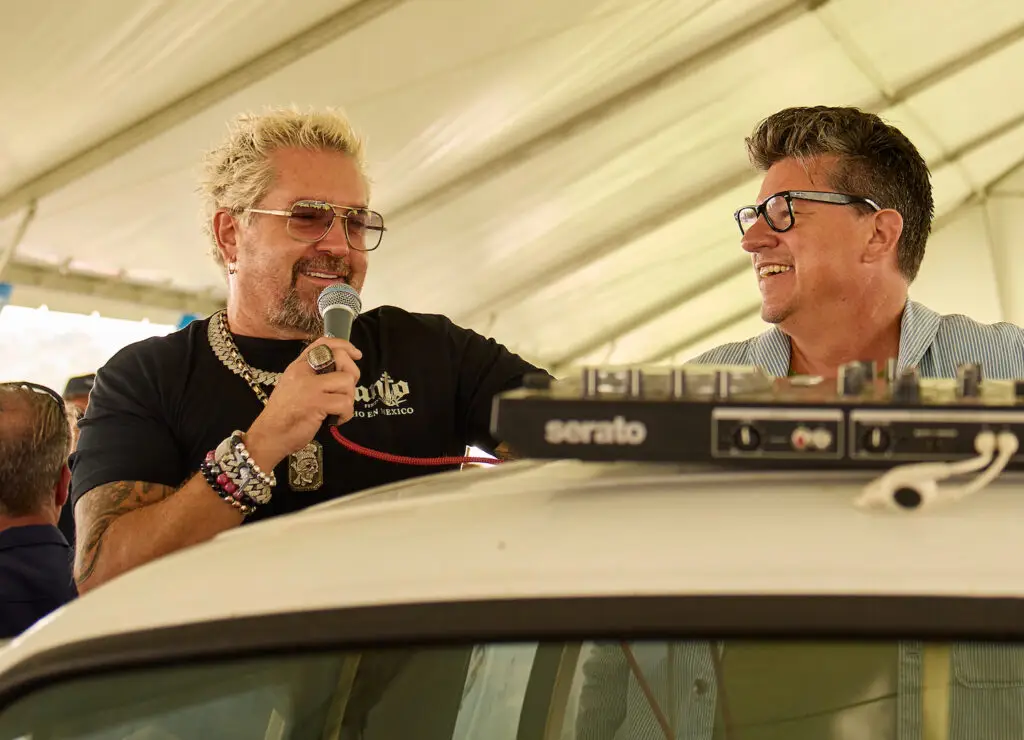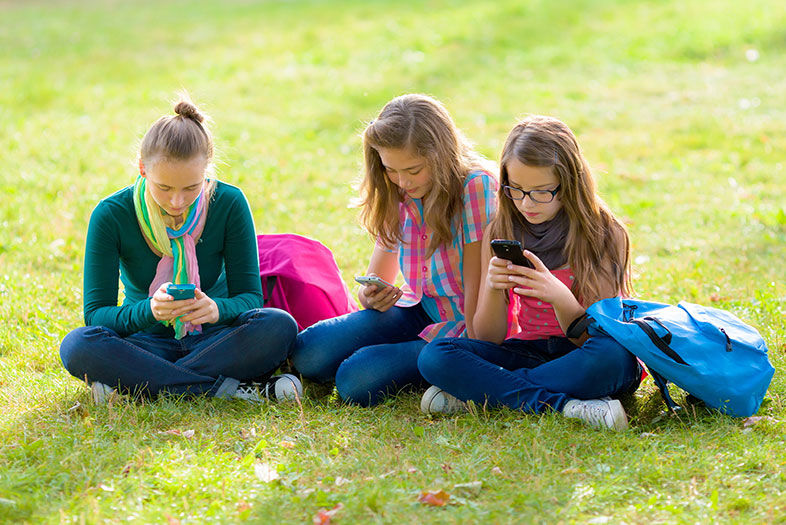Recommended Reading
It’s Complicated: The Social Lives of Networked Teens by Danah Boyd
The App Generation by H. Gardner and K. Davis
Commonsensemedia.org for helpful tips on parenting for all ages regarding various types of media
What’s it like teaching a class on teenagers to teenagers?
It’s fascinating. Most of the students in the course are seniors, but there are sometimes a few juniors or sophomores. The class is a true exchange—we all end up learning from one another. What I offer is the research and theory. What students offer is personal experiences in contemporary society and up-to-date understanding of popular trends and media. We spend the first few weeks of the semester discussing the social construction of the “teenager” itself—a designation that isn’t even a century old yet. We also discuss the stereotypes about teenagers, and the ways our media contribute to those stereotypes.
Okay, scare us a little bit. How are marketers and the media targeting kids?
In my class, we focus on how most media teens consume is created by adults, typically at large corporations looking to maximize profits. We discuss how these corporate interests drive the stories that are told about and to teenagers, the types of characters who appear, and the values that are emphasized (e.g., individuality, appearance, consumption).
We also discuss the extent to which teenagers are empowered versus exploited in the contemporary media climate. One of my favorite articles to discuss is about MTV’s old show TRL (Total Request Live) hosted by Carson Daly. The premise of the show was that teens voted to rank the top music videos, but the article debunks the idea that teens actually had the power they thought they did. The question our class always ends up asking after this article is: Does it matter if corporations design media experiences to target teenagers to make money, if teens themselves don’t know and don’t care? Usually I am saying, “Yes, it matters!” But half my class is saying “No!” and the other half is undecided. I am also surprised—or used to be—that my students aren’t more frustrated or upset by how manipulative marketers can be. But they see it differently; they appreciate that companies need money and eyeballs to create high-quality content and products. They see it as a fair exchange.
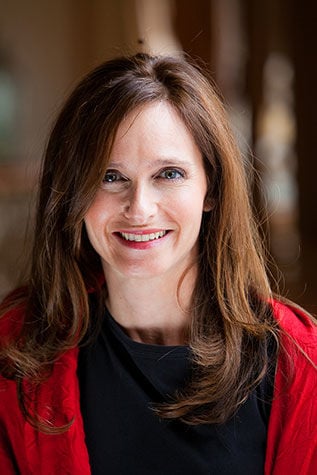
The Teenager Whisperer
Nick Abadilla
How bad is the Internet for kids and teens?
I wouldn’t frame the Internet as bad for kids or teens. This doesn’t mean there aren’t risks, and certainly some types of Internet practice are more appropriate later in life. But that is true of many, if not most, offline settings as well. I try to emphasize the affordances of their technology practices and devices, as well as the risks.
What do you see as the difference for young women versus men when it comes to media?
The gender education that kids and teens are getting today starts early. Even though we have seen some strides in the real world, in the media females are still largely shown as passive, focused on appearance, overly emotional, and dependent on a man. These stories show up on TV, in books, movies, video games, and magazines. Even teen fashion magazines advise girls to wait to make the first move, to subvert their own interests to those of their male crushes, and to expect boys to expect more from them physically than they may be comfortable with. Males, on the other hand, are depicted as active, strong, unemotional, and decisive. Media stories teach boys that they must successfully perform masculinity or they will suffer social consequences. Heterosexuality remains dominant across media.
These kinds of gender lessons mean young people often reproduce them online. For example, boys create fight videos on YouTube, while girls create makeup tutorials. On the other hand, the Internet offers young people a chance to reject traditional gender roles and tell their own stories in ways that contradict or extend traditional ways of understanding gender.
What’s a parent to do? Do the safeguards work?
There is no right answer. Various experts have weighed in, and they have ended up on entirely different ends of the spectrum on this question. The only consistency is the recognition that starting to talk about digital participation at a young age is really important. This doesn’t just mean talking about safety, although that is certainly imperative. It also means talking about ethics. We can urge children to ask themselves: What responsibility do I have to others when I participate online? What kind of values do I have, and how does what I do online reflect or contradict those values? These are hard conversations to start for the first time when your kid is 15, but if you start when they are seven, they can seem like a normal way to process and evaluate behavior and intentions, online or off.
What are some positive ways teens use the Internet and social media?
The list is long, but here are a few: self-exploration, by learning about interests without needing resources or commitment; social connection, by participating with peers or like-minded others online; civic participation, by engaging in activist or advocate activities; content creation, such as producing music, video, or stories for an audience; formal education, by accessing information from reputable sources from around the world.
Teenagers’ lives seem so complicated today with social media. Is there any evidence that is true?
I think most adults always think things are more complicated than they used to be. I can only say that in my own research, I find that teens’ social lives are quite complex now, with more places and spaces for relationship management. How to present oneself online, when to communicate and when to be silent, what to post, how soon to respond, whom to be “friends” with or “follow”—these are decisions I didn’t have to consider when I was a teen. There are opportunities here, too—keeping in touch with more people, easy scheduling and social planning, feeling close to friends even when they can’t be together. But it also means that young people must be accountable to peers and friends for a large part of the day. This can be taxing.
Other scholars discuss how being in constant connection can accustom young people to a life in which they never have to be alone. As a result, critics worry, teenagers’ social development and relationship investments may be inhibited.
What’s something surprising you’ve learned from teens or heard them say?
I am examining how the news media have constructed the relationship between teenagers and social media. We are finding that the news media nearly always imply that this relationship is dysfunctional—that social media is a largely corrupt place, where bad things can or will happen. This doesn’t really jive with what I’m hearing from real teens in my other project, which focuses on how they and others construct identities online. What has become clear is that young people have predominantly positive experiences online, that social media are extensions of social life (not separate places), and that even negative experiences often result in positive outcomes, such as learning about norms or increasing empathy for others.
What’s it like to study things like social media that seem to change all the time?
Exhausting! Also impossible. I try to focus on motivations, experiences, and patterns, rather than on specific social networks, apps, or platforms.
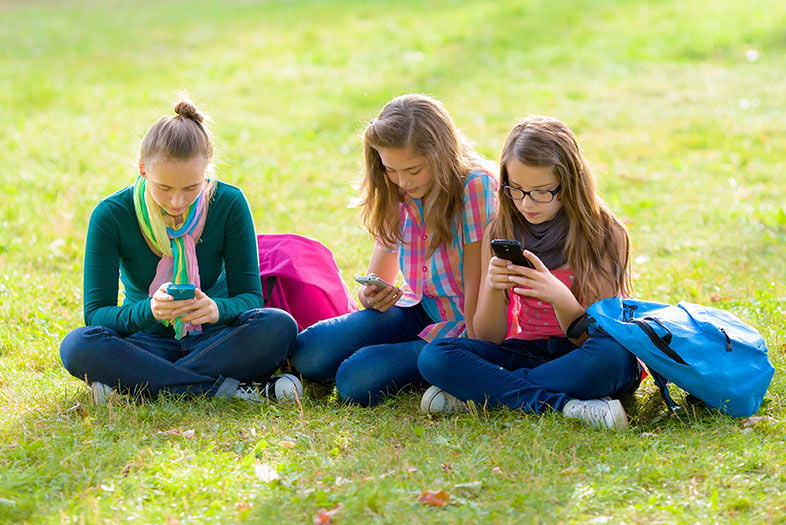
PARTNER CONTENT
The Teenager Whisperer

